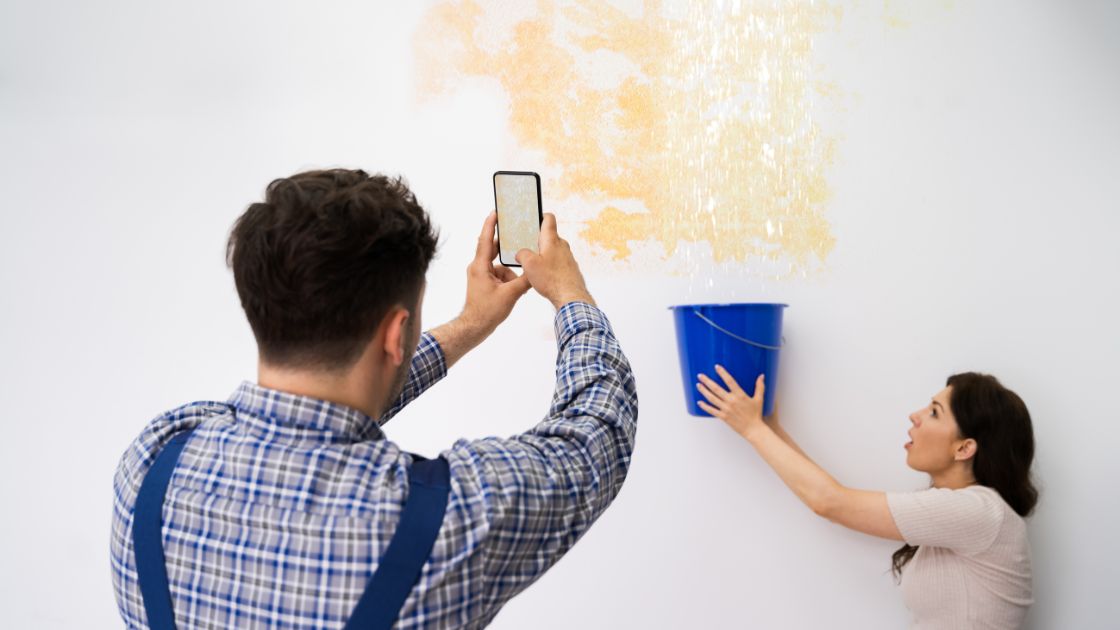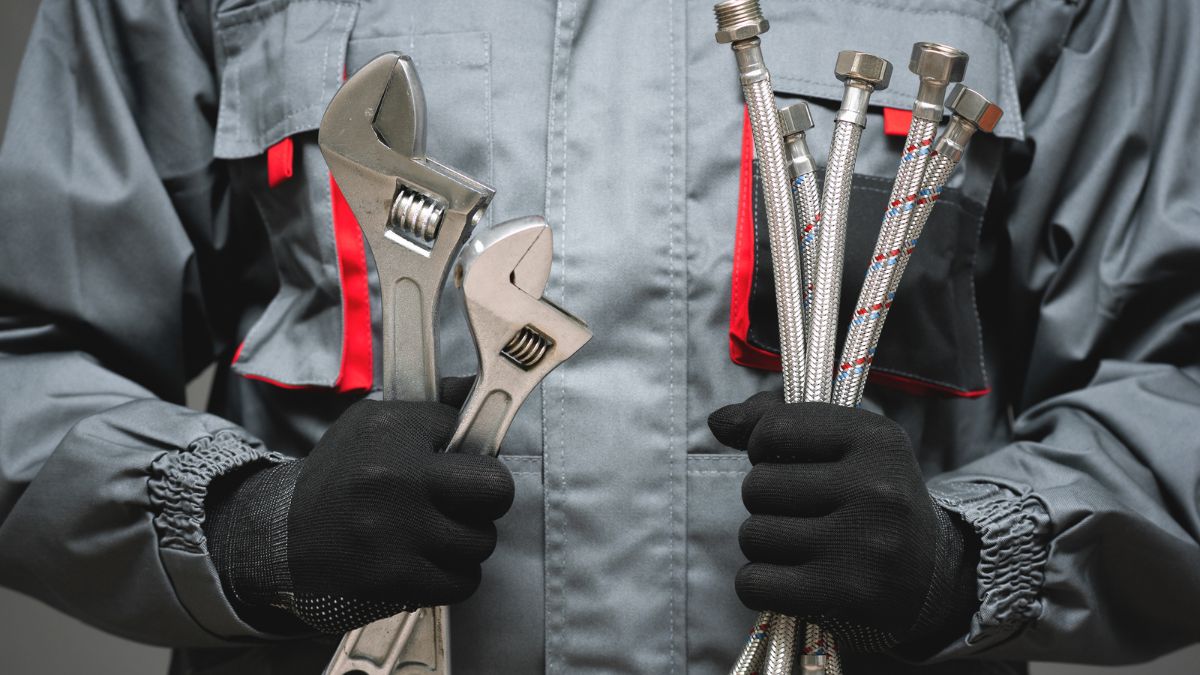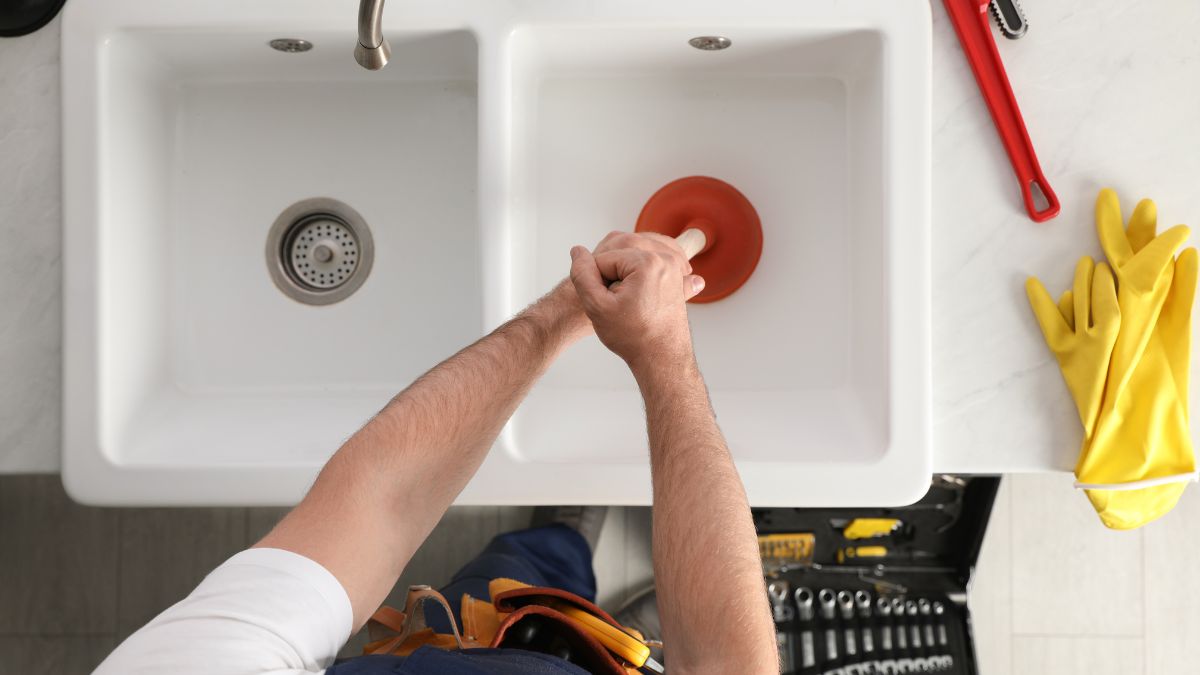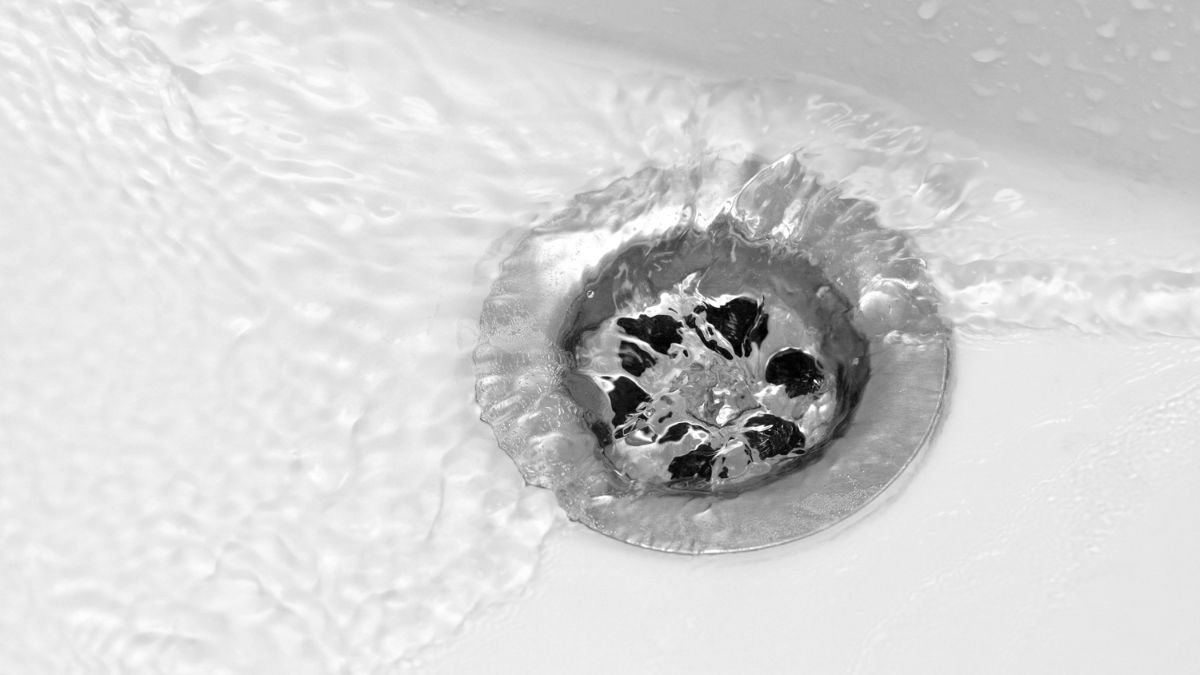What to do About Water Leakage in Your Walls?
Discovering a water leak within your walls can be worrying. Left unchecked, it leads to mould, structural damage, and hefty repair bills. Acting quickly to identify and fix the source of the leak is crucial. This guide covers common causes, detection tips, and remedies for resolving wall water leakage.
Why does water leak through walls?
Water finding its way into your walls usually points to an issue with:
- Outdoor plumbing – Problems with gutters, downpipes, taps or irrigation can direct water into the wall cavity.
- Indoor plumbing – Leaks from pipes, fixtures and appliances inside the wall spread moisture to wall materials.
- Structural cracks – External cracks from soil movement, weathering or poor building allow water ingress.
- Ground moisture – Poor drainage and landscaping directs subsurface water towards the foundation.
- Extreme weather – Heavy rain, storms and flooding can overwhelm exterior protections.
Neglecting exterior maintenance often contributes to water getting in. Poor indoor pipe condition or installs also play a role. Finding and fixing the root cause is key.
How to find water leaking from walls?
Detecting the presence of excess moisture inside walls involves looking for these telltale signs:
- Visible water marks or staining on the wall exterior.
- Bubbling or peeling paint and plaster.
- Spongy, damp wall sections when pressed.
- Musty, damp smells.
- Excess humidity and condensation issues.
- Mold or rotting wall materials.
- Cracks in concrete floors near walls.
Checking after heavy rain helps determine if it’s an external issue. Press along pipes to identify leaks. Condensation inside may signal ground moisture problems.
Professional moisture meters accurately detect excess dampness in walls and pinpoint the source area. An inspection camera can identify water damage inside wall cavities. This equipment helps diagnose the leak origin.
How To Find A Water Leak Inside A Wall
Beyond visible signs, here are steps to help locate the source of in-wall water leakage:
- Systematically check for external cracks and faults allowing water entry. Look near downpipes, windows and utility points.
- Inspect indoor and outdoor plumbing fixtures touching walls for leakage. Shower taps, washing machine hoses and water pipes are common culprits.
- Examine the roof and gutter system to ensure no faults are directing runoff towards the exterior wall.
- Assess drainage and runoff dispersal around the home. Check downpipe extensions discharge away from the foundation.
- Have irrigation spray patterns checked to rule out excessive watering of exterior walls.
- Consider if internal air conditioning units could be driving condensation build up in walls due to incorrect usage or sizing.
- Use professional leak detection services if signs present but the source is unclear. Thermal imaging and moisture mapping can identify hidden leakage.
Stopping excess water access is the priority. For external cracks or faults, sealants and improved drainage alleviate symptoms. For plumbing leaks, repairs like pipe replacement or seal replacement will prevent recurrence.
Don’t ignore water stains or moisture in your walls. Get a prompt assessment to prevent further damage. Contact professional plumbers to inspect and restore your home’s water-tightness.
For help finding and fixing in-wall water leaks, contact The Plumbing Life Saver on 0448 669 938.
Related article: Causes of Low Water Pressure in your Home, How To Fix A Leaking Mixer Tap in 6 Easy Steps



